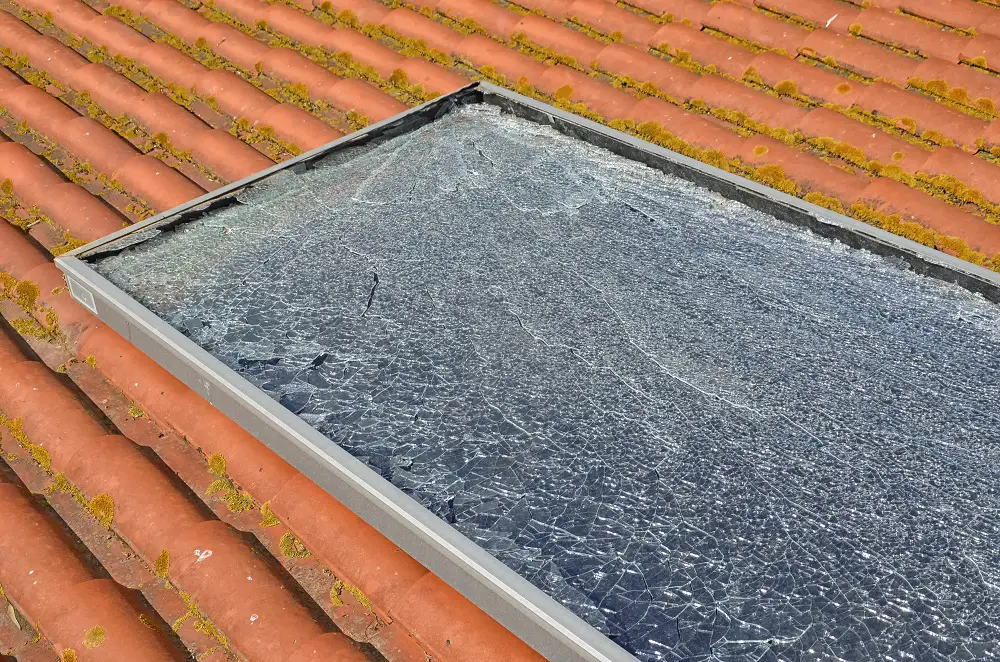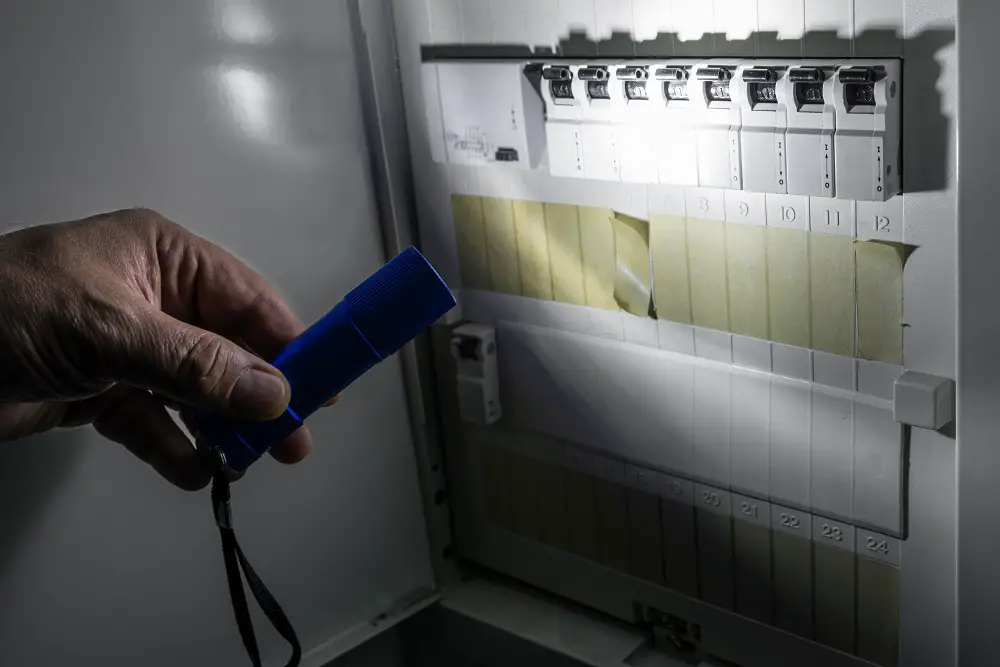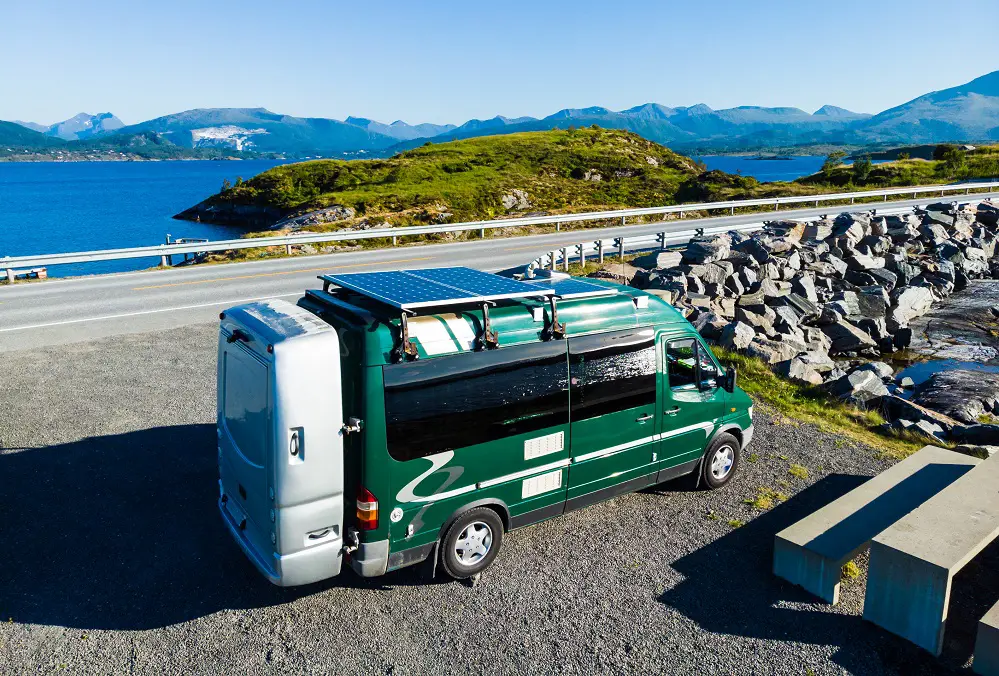
Basics of Solar Energy
Solar energy simply means energy from the sun.
At the sun’s core, incredibly high temperatures and pressures fuse hydrogen atoms into helium atoms, which generate immense amounts of electromagnetic radiation (light and heat energy).
Hydrogen is the fuel that powers the sun – and there is enough hydrogen in the sun to keep it burning for another 5 billion years(1) so the sun running out of fuel is not something we need to worry about just yet.
Solar Energy at the Surface of the Earth
The sun’s energy blazes out into space in all directions, and some of it lands on the surface of the earth. The Solar Energy that arrives at the earth is usually referred to simply as sunlight. The earth is about 94 million miles away from the sun, so the sunlight that reaches the earth arrives in virtually parallel rays (see diagram below).
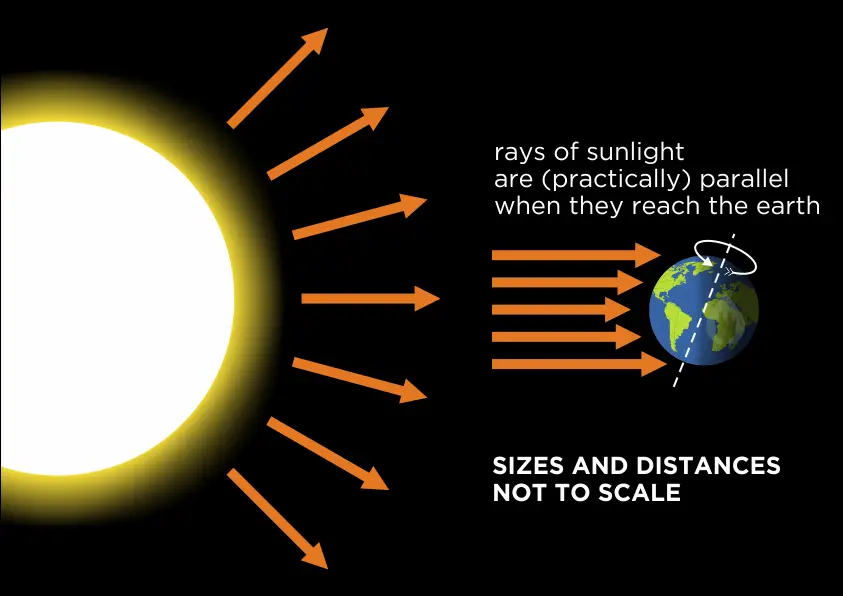
As the earth rotates from morning to noon to evening, sunlight hits every part of the surface at different angles depending on the time of day and time of year. The nearer to the earth’s equator, the higher the concentration of Solar Energy falls on the surface. You can find out how much Solar Energy falls on any location on earth using the Global Solar Atlas website(2).
The Amount of Solar Energy that Reaches the Earth
Averaged over the whole surface of the earth, day and night, approximately 340W per square metre – or 340MW (megawatts) per square kilometre – reaches the earth(3). Multiplying this by the surface area of the earth (510,100,000km2) gives a whopping 173,434,000GW (gigawatts) of solar energy that reaches the earth. To put this into perspective, the average yearly generation capacity of all the utility-scale electricity generators in the US is approximately 456GW(4).
So the total solar power received by the earth is equivalent to about 380,337 times the amount of all the US’s electricity generation capacity.
Ways of Using Solar Energy
Sunlight is our greatest natural resource, and humans have been using it for thousands of years – for example to warm ourselves or dry wet clothes that have been hung out etc. But in a modern technological context, Solar Energy is used primarily to generate electricity or heat water.
New developments in Solar Thermal technologies mean that soon hydrogen gas can also be extracted directly from water using Solar Energy.
Generating Electricity from Solar Energy
The two main methods that are used today to generate electricity from solar energy are Photo Voltaic (PV) panels and Concentrated Solar Power (CSP).
Photo Voltaic (PV) Panels
PV panels are the panels that are very commonly seen on building rooftops and in large arrays on the ground. The biggest advantage to PV panels is that they have no moving parts and do not require maintenance or servicing; They are truly “fit and forget” – once installed, they simply generate electricity when the sun shines on them.
PV solar panels are constructed from thin plates about 6” square called photovoltaic cells. The most common solar panels have 60 cells per panel, larger ones have 72. Photovoltaic cells are made from two different layers of specially prepared silicon – negative (n) type silicon and positive (p) type silicon.
These two layers are sandwiched together on top of each other, and where the two layers touch is called a p-n junction. At the p-n junction a chemical process generates a DC electric current when sunlight hits the n-type layer of silicon. These silicon layers are less than half a millimetre thick, so to protect them from damage and make them robust enough to handle during manufacture of the panel, they are encapsulated in a polymeric resin. 60 or 72 cells are then wired together and covered in a protective sheet to make up the whole solar panel.
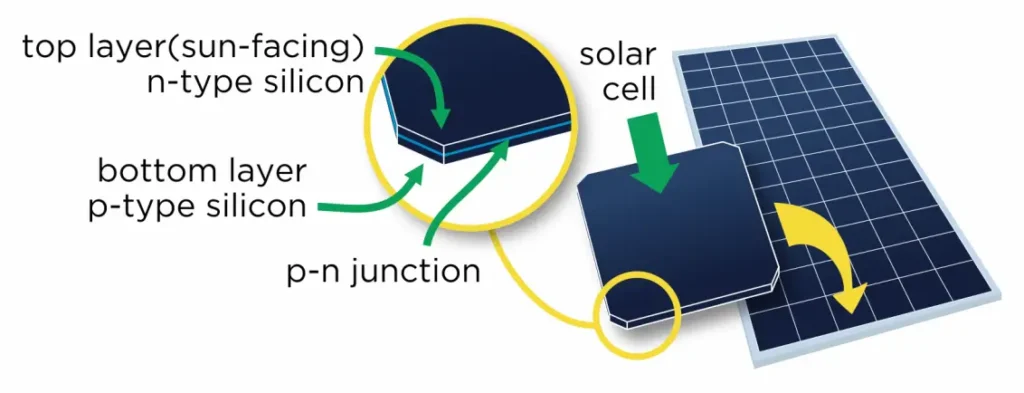
An appropriate number of solar panels are then connected together to generate the required amount of DC electric current. This is then fed into a device called an inverter that changes the DC current to AC current at the correct voltage for the mains grid electricity in whichever country it is being used.
Concentrator Photovoltaics (CPV)
Concentrator Photovoltaics is essentially the same as regular PV generation, but lenses are attached to the surface of the PV panels to focus sunlight onto very small, high efficiency solar cells.
This system has now been largely disregarded as regular PV is so cheaply mass produced that the improvement in efficiency in CPV is outweighed by the extra cost of the lenses and high-efficiency cells.
Concentrated Solar Power (CSP)
Broadly speaking, CSP is a method for taking sunlight from a large area, and concentrating it into a small area. In the same way that a magnifying glass can be used to concentrate the sun’s heat onto a small point, CSP generates very high temperatures at its focal point.
There are a few different CSP systems used to collect the sunlight and focus it onto a small area. The most common, used in 90% of CSP installations around the world(5), is the parabolic trough reflection system.
Parabolic trough CSP
This system uses a long, curved mirror (or series of mirrors) to focus the heat from the sun onto a pipe that runs through the focal point of the mirror. Due to the special parabolic shape of the mirror, it doesn’t matter where the sunlight hits the mirror, it is always reflected directly onto the pipe (see diagram).
Pumped through the pipe is a thermal conductive fluid (usually a type of oil or molten salt), where it is heated by the concentrated rays of the sun to about 600° Celsius. The heated fluid then passes through a heat exchanger block, where water is boiled into steam, which drives a conventional turbine electric generator.
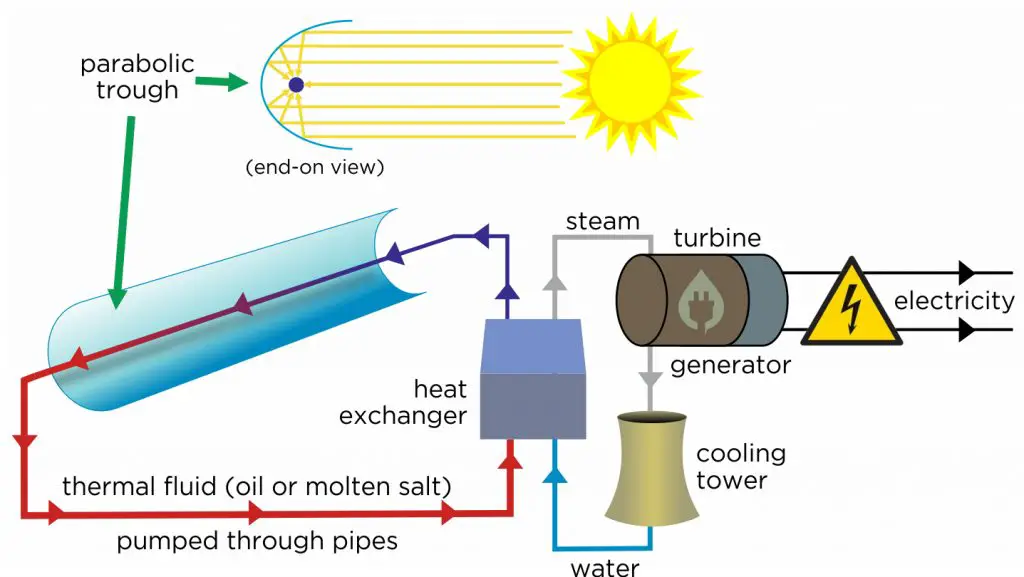
To keep the fluid heated with maximum efficiency throughout the day, the parabolic mirrors are attached to a rotating mount that turns the mirror to face the sun from sunrise to sunset.
Power Tower CSP
More recently, CSP installations have been moving away from the parabolic trough design, and using the Power Tower design because of improved efficiency and cost-effectiveness. Power Towers use a field of flat mirrors called heliostats that rotate to track the sun and reflect the sunlight onto a solar energy receiver at the top of a tower in the centre of all the mirrors.
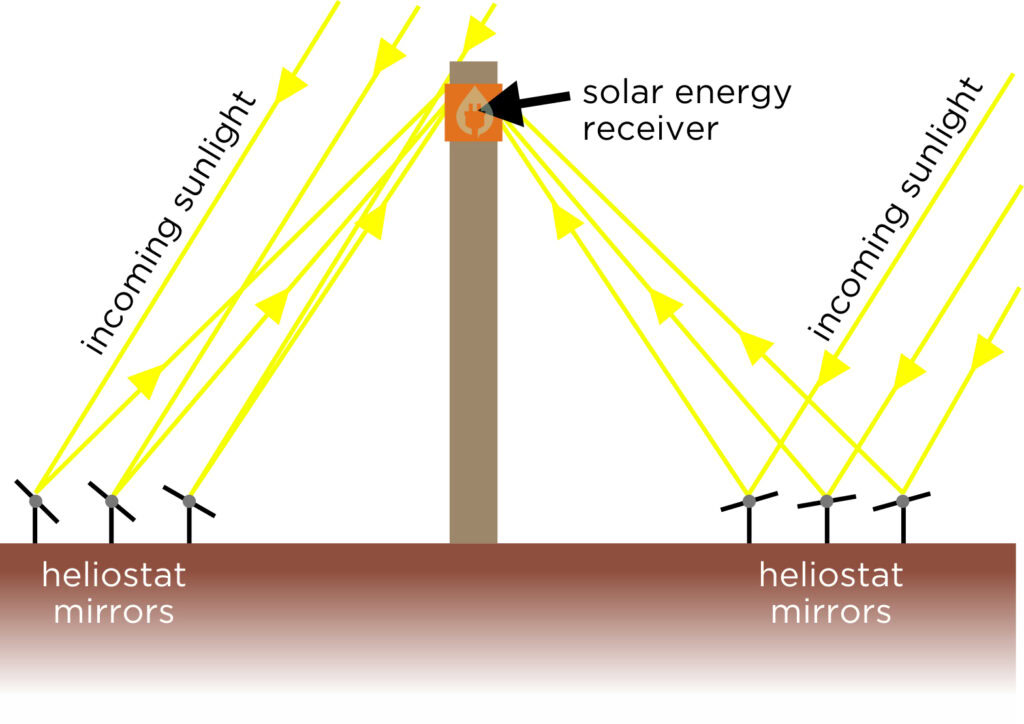
In the receiver is a thermal cell that heats molten salts which is then pumped to a heat exchanger in the same way as the Parabolic Trough system.
The most powerful CSP system currently operating in the world (as of July 2021) is a 100MW 260m Power Tower, completed January 2020 at the Noor Energy 1 plant in Dubai.(6)
Latest developments in CSP
Hydrogen Extraction
Novel CSP systems are currently being developed to operate at even higher temperatures (1000° Celsius and above) to extract hydrogen gas from water(7). Hydrogen that is extracted this way can be used as a renewable fuel in various other technologies, for example fuel cell generators.
Beam-down CSP
A 50 MW beam-down prototype system is under development (as of July 2021) in China. The Beam-Down CSP is a variant of the Power Tower design, but at the top where the solar receiver would be, a reflector is mounted instead, which focuses all the incoming Solar Energy onto a receiver at ground level.(8)
Heating water with Solar Energy – Solar Thermal Panels
As we have seen with CSP, Solar Energy can be used to heat water to generate steam to drive a turbine, but sometimes we just want to use the hot water as hot water – for centrally heating buildings, bathing and washing.
Solar Thermal panels do exactly this. They are mounted on a roof top in exactly the same way as Solar PV panels. Pipes embedded in Solar Thermal Panels contain a thermal conduction fluid that is heated by the sun and then pumped around a heating system to heat water in a conventional hot water immersion cylinder.

